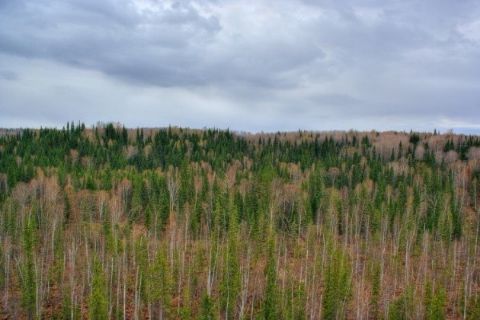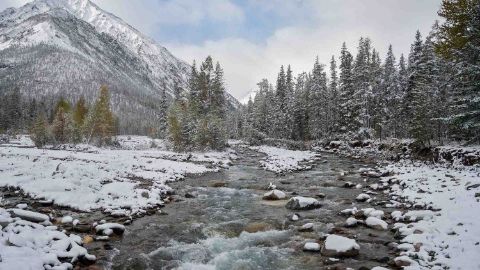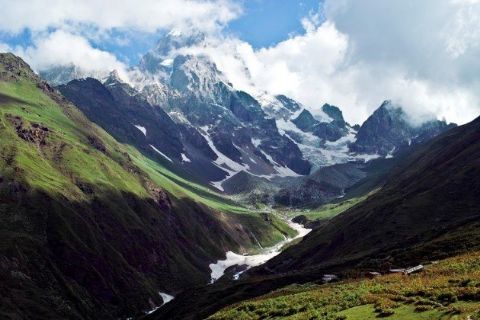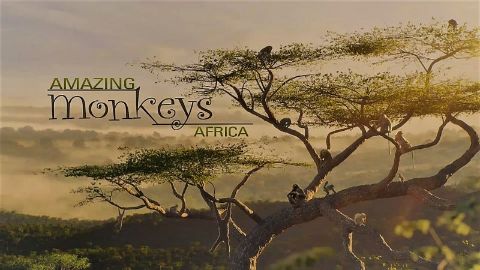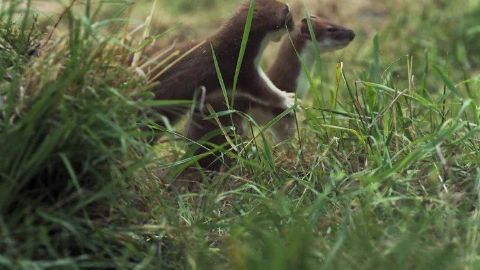Caucasus Mountains • 2009 • episode "S1E4" • Wild Russia
From the snow-white peaks to scorching sun of deserts - all the Caucasus. Caucasus Mountains - not just a mountain ridge. This is a rich habitat for many species of flora and fauna, which feel great on the wooded slopes, and alpine meadows, and even in salt marshes. It is well settled down wild boar, Eurasian lynx, European bison and the rare fragile ophidian lizard. Caucasus - is another jewel in the crown of Wildlife Russia.
Make a donation
Buy a brother a hot coffee? Or a cold beer?
Hope you're finding these documentaries fascinating and eye-opening. It's just me, working hard behind the scenes to bring you this enriching content.
Running and maintaining a website like this takes time and resources. That's why I'm reaching out to you. If you appreciate what I do and would like to support my efforts, would you consider "buying me a coffee"?
Donation addresses
BTC: bc1q8ldskxh4x9qnddhcrgcun8rtvddeldm2a07r2v
ETH: 0x5CCAAA1afc5c5D814129d99277dDb5A979672116
With your donation through , you can show your appreciation and help me keep this project going. Every contribution, no matter how small, makes a significant impact. It goes directly towards covering server costs.

